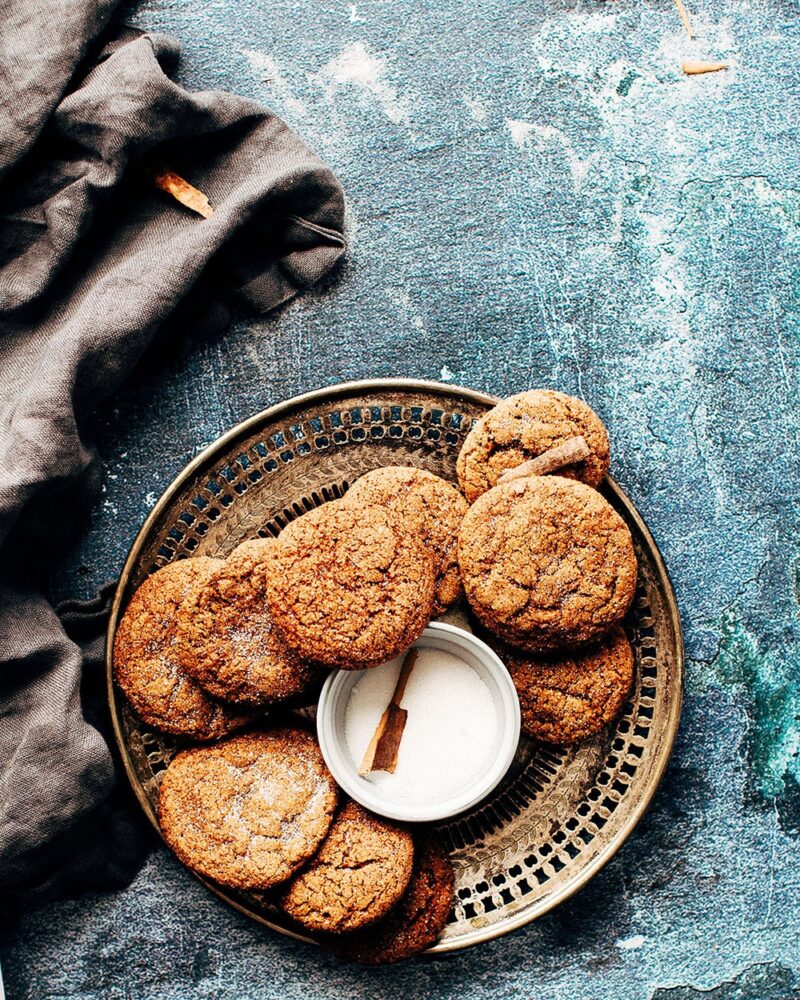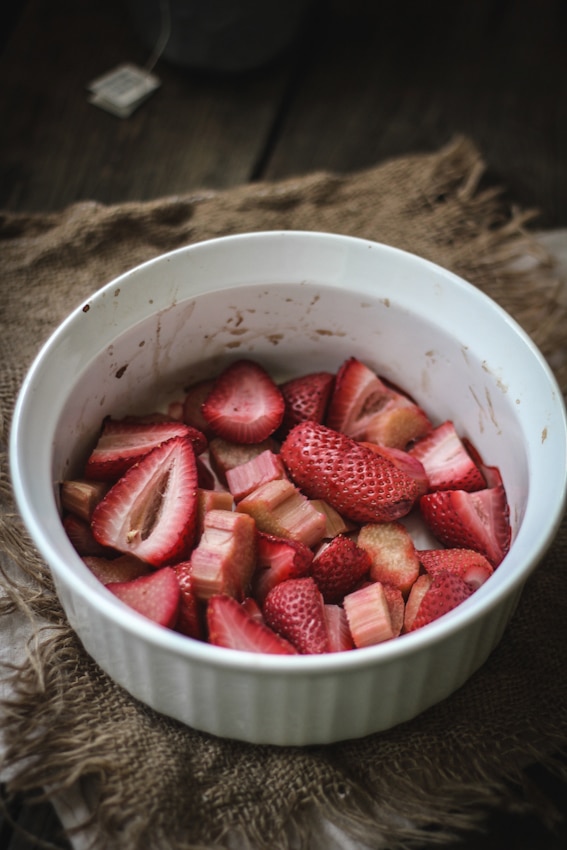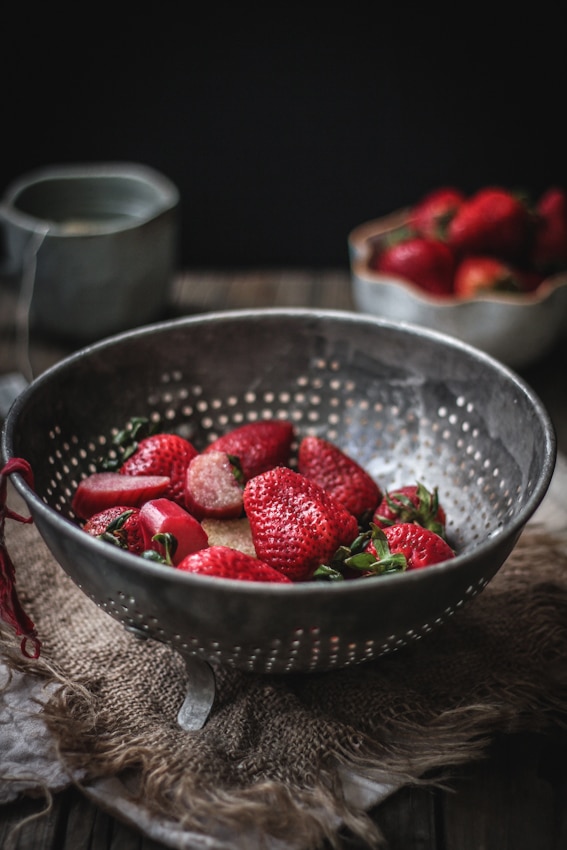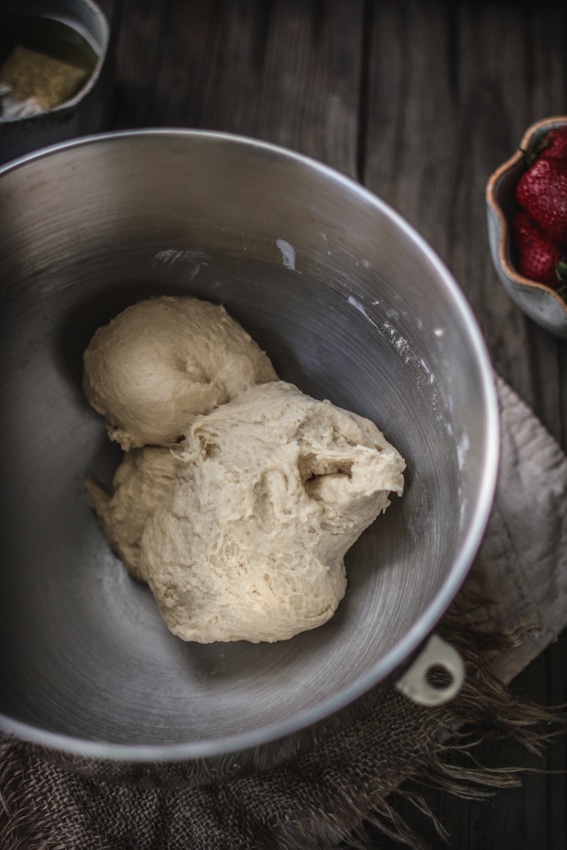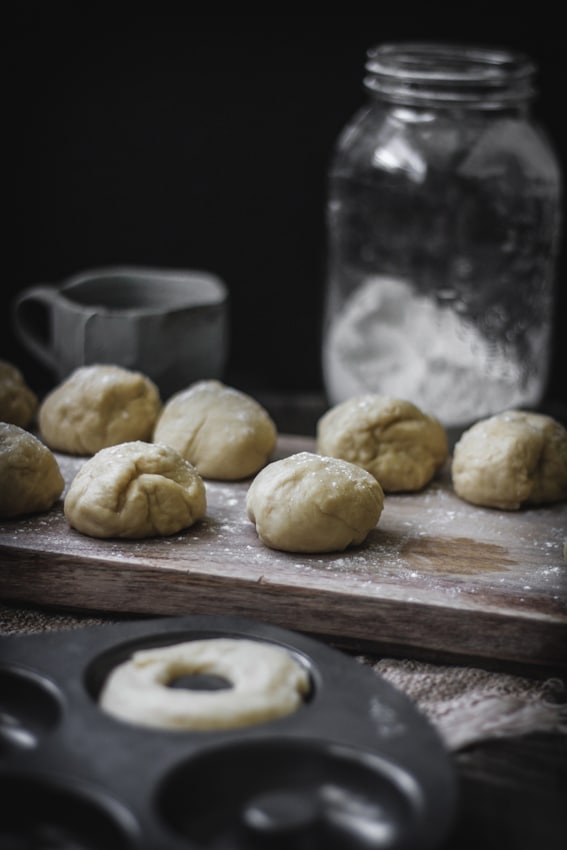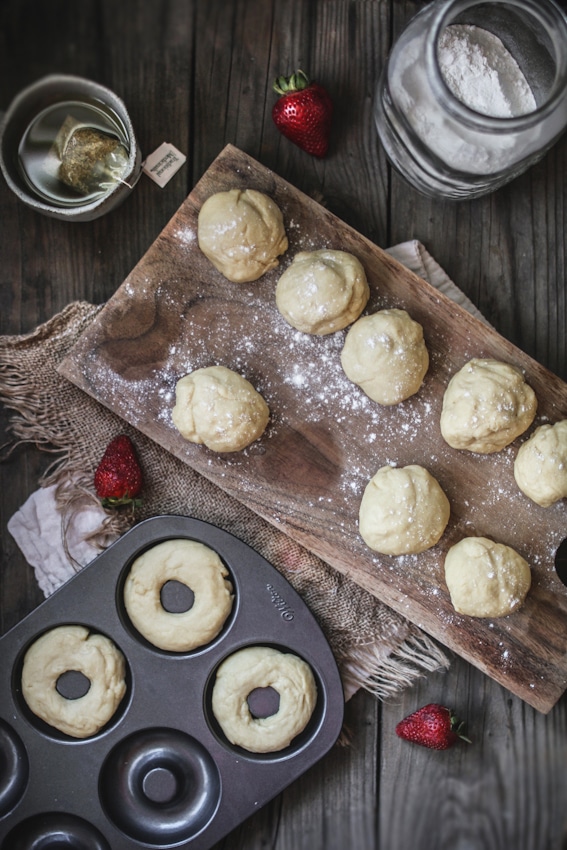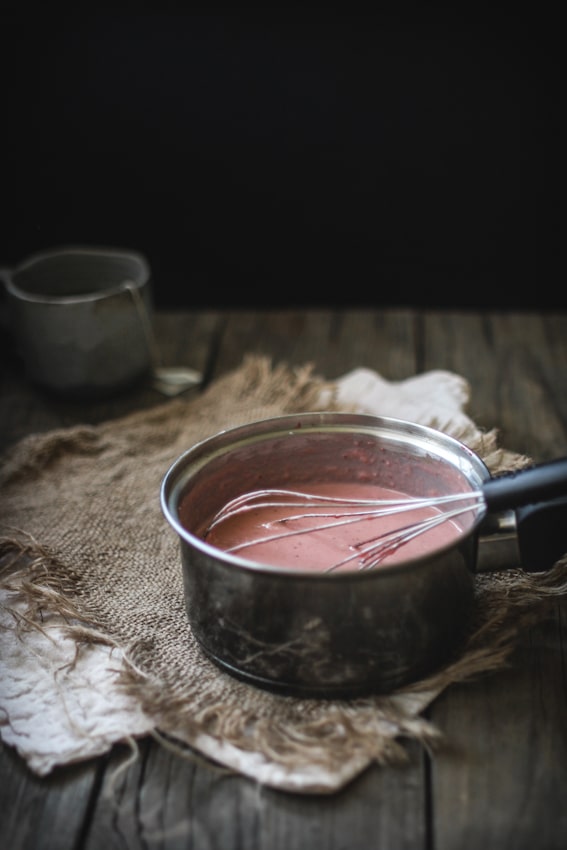With the kitchen redesign moving gradually, I was experiencing considerable difficulties having the capacity to cook for a developed timeframe, particularly since cooking is one of my favored techniques for stress alleviation. In this way, this past Friday I said ’to hellfire with it’ and made a cake in my half torn down kitchen. The broiler was in working request and there was ledge space enough for the blender, and that was adequate for me.
I also had quite a few peaches on the counter that were getting a bit too ripe, so I simmered them all down into a jam. This is great for when peaches get too soft to slice properly and just kind of turn to mush in your hands when you try to pull the sliced parts off – you still get to keep all the peachy flavor, and the mushiness doesn’t matter once it cooks down into a soft, fruity compote.
They are particular, however, to be consistent in the use of garnishings. Flowers and fruits are reserved for sweet dishes, except in the case of nasturtiums, which they regard as much a vegetable as a flower and use freely with meats. It isn’t essential that every dish should be turned into an elaborate work of art, as if it were to be entered at the annual exhibition of the Société des Chefs de Cuisine, but neither is there any reason, even with modest means at command, for giving cause for that old slogan of the great American dinner table: “It tastes better than it looks.”
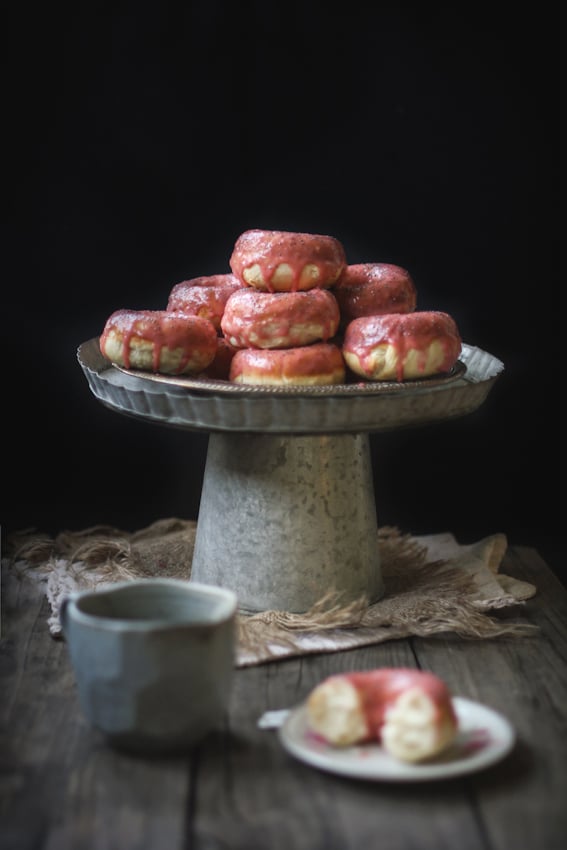
Vanilla and lemon have an almost universal appeal to the palate, and knowing this, the American cook, like the generation before her, has always seasoned her rice puddings, for instance, with one or the other, just as her apple sauce has invariably been flavored with lemon or nutmeg, her bread pudding with vanilla, and so all along her restricted line. An ordinary bread pudding becomes veritably a queen of 14puddings as, indeed, it is called, merely by having a layer of jam through its centre and a simple icing spread over the top.
A stew or a creamed dish is merely a more or less indifferent something to eat when it is dished up any old way and set upon the table. But if it is heaped daintily on a pretty platter, surrounded by a ring of brown mashed potato, its sides decorated by dainty shapes of toasted bread, perhaps buttered and sprinkled with minced parsley, it has become something to awaken the slumbering or indifferent appetite and at practically no extra expense of time or money.
It isn’t essential that every dish should be turned into an elaborate work of art, as if it were to be entered at the annual exhibition of the Société des Chefs de Cuisine, but neither is there any reason, even with modest means at command, for giving cause for that old slogan of the great American dinner table: “It tastes better than it looks.”
Vanilla and lemon have an almost universal appeal to the palate, and knowing this, the American cook, like the generation before her, has always seasoned her rice puddings, for instance, with one or the other, just as her apple sauce has invariably been flavored with lemon or nutmeg, her bread pudding with vanilla, and so all along her restricted line. An ordinary bread pudding becomes veritably a queen of 14 puddings as, indeed, it is called, merely by having a layer of jam through its centre and a simple icing spread over the top.
A stew or a creamed dish is merely a more or less indifferent something to eat when it is dished up any old way and set upon the table. But if it is heaped daintily on a pretty platter, surrounded by a ring of brown mashed potato, its sides decorated by dainty shapes of toasted bread, perhaps buttered and sprinkled with minced parsley, it has become something to awaken the slumbering or indifferent appetite and at practically no extra expense of time or money.
They are particular, however, to be consistent in the use of garnishings. Flowers and fruits are reserved for sweet dishes, except in the case of nasturtiums, which they regard as much a vegetable as a flower and use freely with meats. It isn’t essential that every dish should be turned into an elaborate work of art.
Fear no mess; it just means you’re a normal, functioning human being.
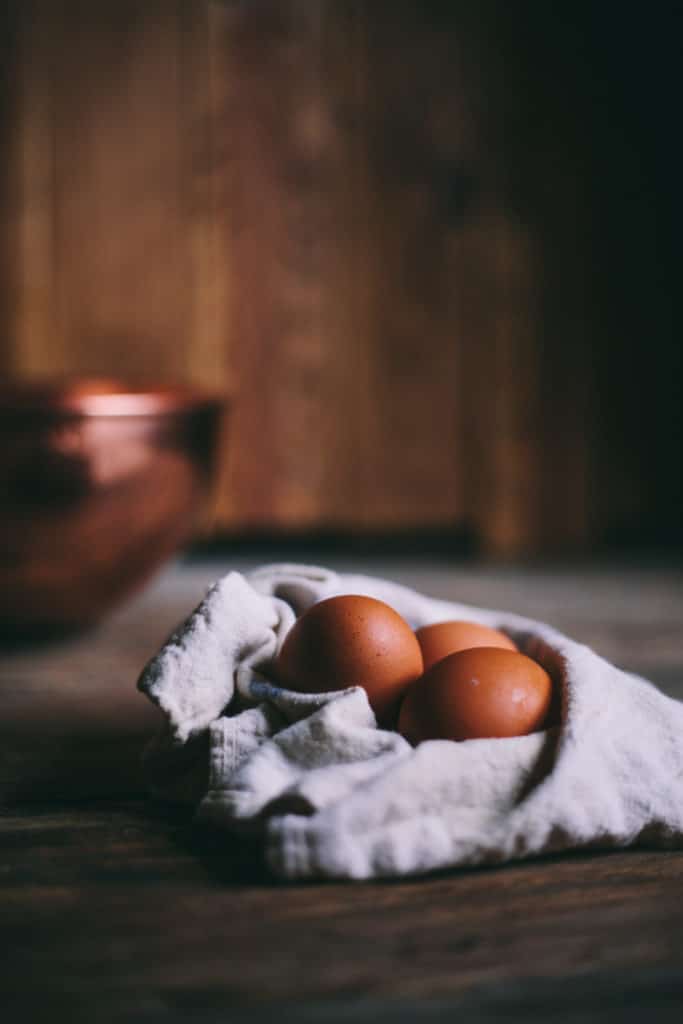
They are the staple diet in many foreign countries and in the Armour brand the native flavoring has been done with remarkable faithfulness—so much so that large quantities are shipped from this country every week to the countries where they originated.
A stew or a creamed dish is merely a more or less indifferent something to eat when it is dished up any old way and set upon the table. But if it is heaped daintily on a pretty platter, surrounded by a ring of brown mashed potato, its sides decorated by dainty shapes of toasted bread, perhaps buttered and sprinkled with minced parsley.
I didn’t have to stir it quite as often as I usually do when I make jam, and I think it was because the heat was coming at the peaches equally from all sides of the pot which helped cook everything at the same pace, and made my cooking job easier since I didn’t have to hover around the pot. It has become something to awaken the slumbering or indifferent appetite and at practically no extra expense of time or money.
Vanilla and lemon have an almost universal appeal to the palate, and knowing this, the American cook, like the generation before her, has always seasoned her rice puddings, for instance, with one or the other, just as her apple sauce has invariably been flavored with lemon or nutmeg.
The word “Ravigote” means, literally, “pick me up” and it is applied to minced tarragon, chervil, chives and parsley, the herbs being kept separate and served with salad on four little saucers. Ravigote butter, made by kneading butter with the four herbs and adding pepper, salt and lemon juice, spread between thin slices of bread, makes delicious sandwiches.
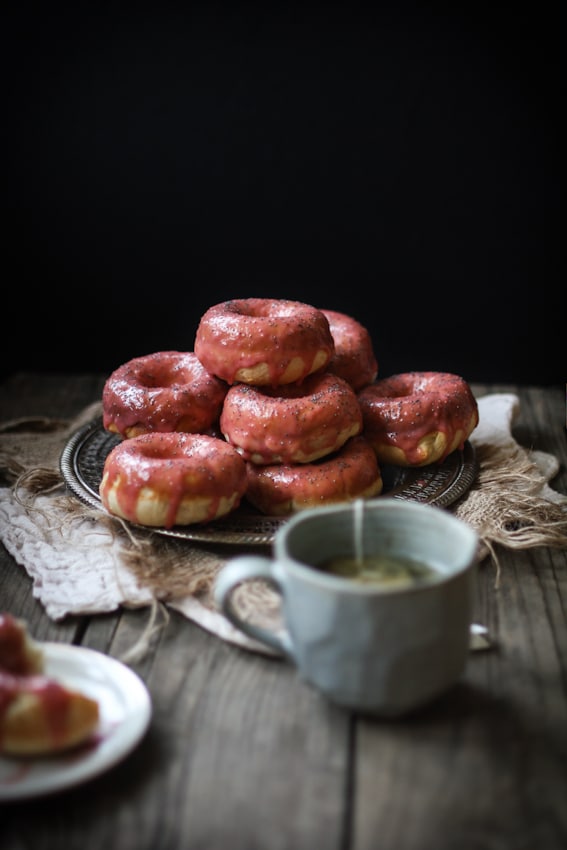
Aside from their goodness their extra large size will always recommend their use to the wise cook. Flowers and fruits are reserved for sweet dishes, except in the case of nasturtiums, which they regard as much a vegetable as a flower and use freely with meats. It isn’t essential that every dish should be turned into an elaborate work of art.
With a supply of good eggs in the pantry the cook need never be at a loss for a tasty custard, and if she is wise enough to buy Armour’s Fancy Selects when she orders eggs from her market man their goodness will be reflected in her desserts. Aside from their goodness their extra large size will always recommend their use to the wise cook.
There is inspiration in the art that enters into the production of a French dinner, in the perfect balance of every item from hors d’oeuvre to café noir, in the ways with seasoning that work miracles with left-overs and preserve the daily routine of three meals a day from the deadly monotony of the American régime.
It isn’t essential that every dish should be turned into an elaborate work of art, as if it were to be entered at the annual exhibition of the Société des Chefs de Cuisine, but neither is there any reason, even with modest means at command, for giving cause for that old slogan of the great American dinner table: “It tastes better than it looks.”
